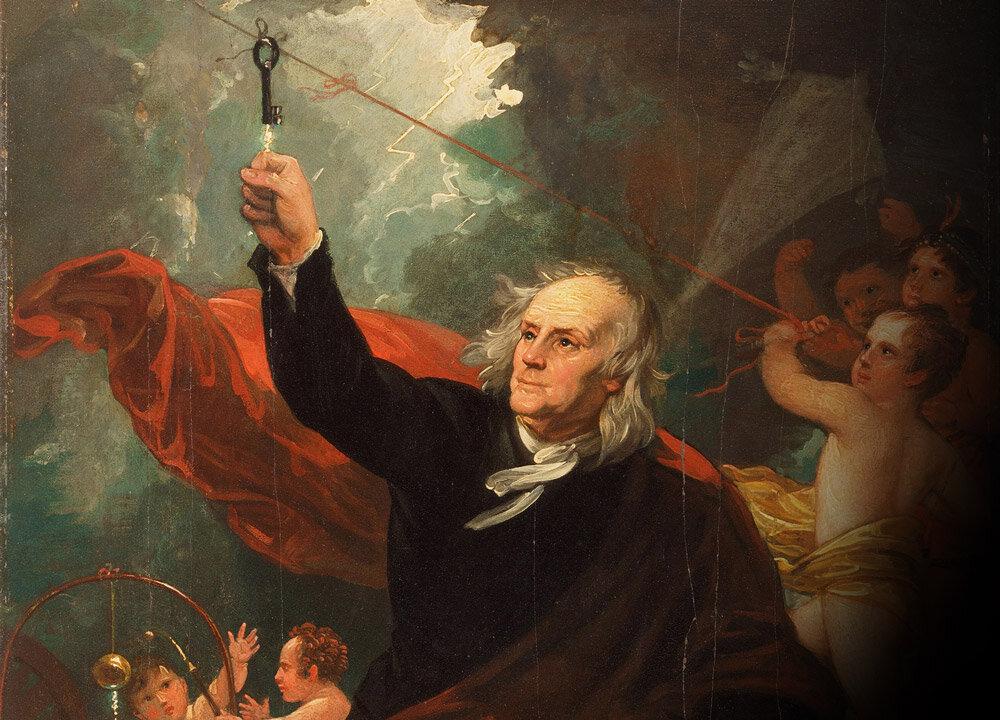When Benjamin Franklin loaned money to a man in 1784, he made this request: “When you meet with another honest Man in similar Distress, you must pay me by lending this Sum to him.” In other words, Franklin did not want to be paid back; he wanted that man to help someone else in the same way.
Early American artist Benjamin West (1738–1820) had a strong friendship with Franklin. West was raised in a Pennsylvania Quaker community that practiced mutuality and trust; he got his start as an artist from these and other goodhearted people. And he never forgot.






